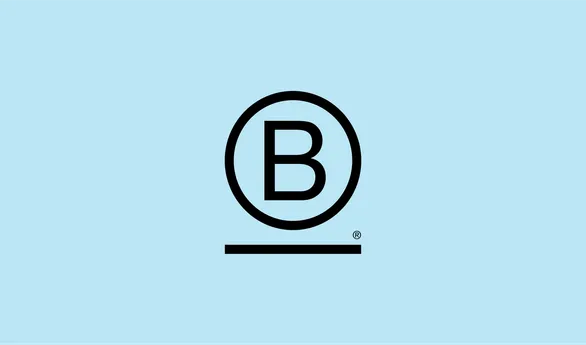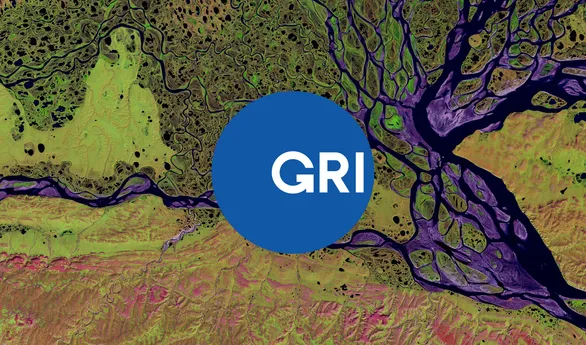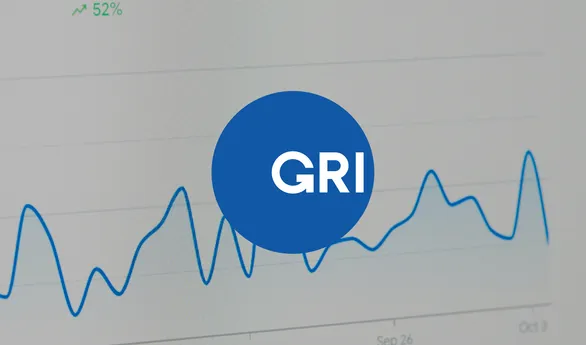Sustainable finance refers to the process of taking environmental, social, and governance (ESG) factors into account when making financial decisions. The goal is to promote sustainable economic growth in the finance sector by directing capital flows towards projects and companies that prioritize ESG criteria. This approach helps mitigate risks, unlock new investment opportunities, and contribute to the global sustainability agenda.
Defining sustainable finance
Sustainable finance is an umbrella term encompassing various financial sector activities aimed at promoting long-term sustainable development. It includes concepts like socioenvironmental finance and green finance, which focus on addressing the social and environmental impacts of financial activities.
- Socioenvironmental Finance: This aspect of sustainable finance emphasizes the dual goals of social equity and environmental sustainability. It involves investments that not only seek financial returns but also strive to achieve positive social outcomes, such as poverty alleviation, education, and healthcare improvements. Socioenvironmental finance aligns with the broader goal of creating a more inclusive and equitable economy.
- Green Finance: Green finance specifically targets environmental benefits. It encompasses investments in renewable energy, energy efficiency, sustainable agriculture, and other initiatives that reduce environmental footprints. Green finance is critical in combating climate change, conserving natural resources, and promoting ecological balance. By focusing on reducing carbon emissions and enhancing biodiversity, green finance helps pave the way for a more resilient and sustainable global economy.
Sustainable finance products
Sustainable finance has given rise to various financial products designed for institutional investors to fund projects and companies that adhere to ESG principles. These include green equities, green debt, and green loans.
- Green equities: Green equities are shares in companies that prioritize environmental sustainability. These companies operate in sectors like renewable energy, clean technology, and sustainable agriculture. Investing in green equities allows investors to support businesses that are committed to reducing their environmental impact. Green equities often appeal to socially responsible investors seeking both financial returns and positive environmental outcomes.
- Green debt: Green debt refers to bonds issued by governments or corporations to finance environmentally friendly projects. These bonds are often labeled as “green bonds.” They are used to fund initiatives like energy-efficient buildings, and sustainable water management systems. Green debt instruments offer investors a way to contribute to environmental sustainability while potentially earning stable returns. The market for green bonds has grown significantly as investors increasingly prioritize sustainable investments.
- Green loans: Green loans are loans specifically designated for financing projects that have a positive environmental impact. They are typically provided to companies or projects that meet certain environmental criteria, such as reducing carbon emissions or promoting resource efficiency. Green loans are similar to traditional loans but come with the added stipulation that the funds must be used for green projects. This financing option is attractive to businesses looking to implement sustainable practices while securing favorable loan terms.
Aligning sustainable finance with UN Sustainable Development Goals
The United Nations Sustainable Development Goals (SDGs) are a set of 17 global goals aimed at ending poverty, protecting the planet, and ensuring prosperity for all. Sustainable finance plays a crucial role in achieving these goals by aligning financial flows with sustainable development priorities.
The SDGs provide a comprehensive framework for sustainable development, addressing issues such as clean energy, sustainable cities, responsible consumption, and climate action. Financial institutions and investors can use the SDGs as a guide to direct capital towards projects and companies that contribute to these objectives. By investing in initiatives that support the SDGs, sustainable finance not only drives economic growth but also promotes social equity and environmental stewardship.
For example, investing in clean energy projects (SDG 7: Affordable and Clean Energy) or supporting sustainable agriculture practices (SDG 2: Zero Hunger) can have a direct positive impact on global sustainability. The integration of the SDGs into financial decision-making helps create a more inclusive and resilient economy that benefits both people and the planet.
The Sustainable Finance Disclosure Regulation
The Sustainable Finance Disclosure Regulation (SFDR) is a key regulatory framework in the European Union that aims to increase transparency in sustainable investments. The SFDR requires financial market participants, such as asset managers and financial advisers, to disclose how they integrate ESG factors into their business and investment decisions.
Under the SFDR, financial products are classified into three categories: Article 6, Article 8, and Article 9. Article 6 covers products that do not explicitly promote environmental considerations or ESG characteristics. Article 8 products promote environmental and social characteristics but do not have sustainable investment as their primary objective. Article 9 products, also known as “dark green” products, have sustainable investment as their main goal.
The SFDR is designed to prevent greenwashing—the practice of falsely portraying financial products as environmentally friendly—and to help investors make informed decisions. By providing clear and comparable information about the sustainability aspects of financial products, the SFDR enhances market transparency and encourages the growth of sustainable finance.
The Sustainable Finance Action Plan
The Sustainable Finance Action Plan is an important part of the EU Sustainable Finance Agenda. It is a comprehensive strategy aimed at integrating sustainability into the financial system. Launched in 2018, the Action Plan outlines several key initiatives to support the transition to a sustainable economy.
One of the main components of the Action Plan is the development of the EU Taxonomy, a classification system that defines what constitutes a sustainable economic activity. The Taxonomy helps investors and companies identify activities that are environmentally sustainable and align with the EU’s climate goals. It covers various sectors, including energy, transport, and agriculture, and sets out criteria for determining whether an activity contributes to climate mitigation, adaptation, or other environmental objectives.
Another key initiative is the creation of standards and labels for green financial products, such as green bonds and green loans. These standards aim to provide clarity and transparency around sustainable products for investors, ensuring that their investments genuinely support sustainable outcomes. The Action Plan also promotes the integration of sustainability risks into financial decision-making and encourages the development of sustainable finance skills among financial professionals.
The Sustainable Finance Action Plan is a critical driver of the EU’s efforts to achieve carbon neutrality by 2050 and to support the global transition to a low-carbon, resilient economy.
Sustainable finance and the European Investment Bank
The European Investment Bank (EIB) is a key driver in sustainable finance, focusing on projects that align with the European Green Deal and Paris Agreement to limit global warming. Committed to financing renewable energy, energy efficiency, and sustainable infrastructure, the EIB aims to support sustainable growth across the EU. Its Climate Bank Roadmap targets investing €1 trillion in climate action and sustainability initiatives by 2030. The EIB also promotes innovative financial instruments, such as green bonds and sustainability-linked loans. Through these measures, the EIB not only fosters economic development but also advances the EU’s green transition, setting a global benchmark for sustainable finance.
Risks of ignoring sustainability in financial decision-making
Failure to integrate sustainability into financial decision-making exposes financial institutions and their clients to significant risks. Ignoring environmental factors can lead to stranded assets, where investments become obsolete due to regulatory changes, technological advancements, or shifts in market demand towards greener alternatives. This not only puts the capital of these institutions at unnecessary risk but also jeopardizes the returns for those they manage money on behalf of. Additionally, companies that fail to consider environmental, social, and governance (ESG) criteria may face reputational damage, regulatory penalties, and operational disruptions. In a world increasingly focused on sustainability, neglecting these factors can result in lost opportunities and diminished competitiveness, ultimately affecting long-term financial performance.
The future of finance: Embracing sustainability
Sustainable finance plays a critical role in promoting a sustainable future. As the demand for sustainable investments grows, it is crucial for financial institutions, the private sector, capital markets, and investors to understand and engage with sustainable finance practices.
By incorporating ESG factors into financial decision-making, sustainable finance helps direct capital towards projects and companies that contribute to environmental and social well-being. This not only supports the transition to a low-carbon economy but also enhances resilience and inclusivity in the global financial system.




